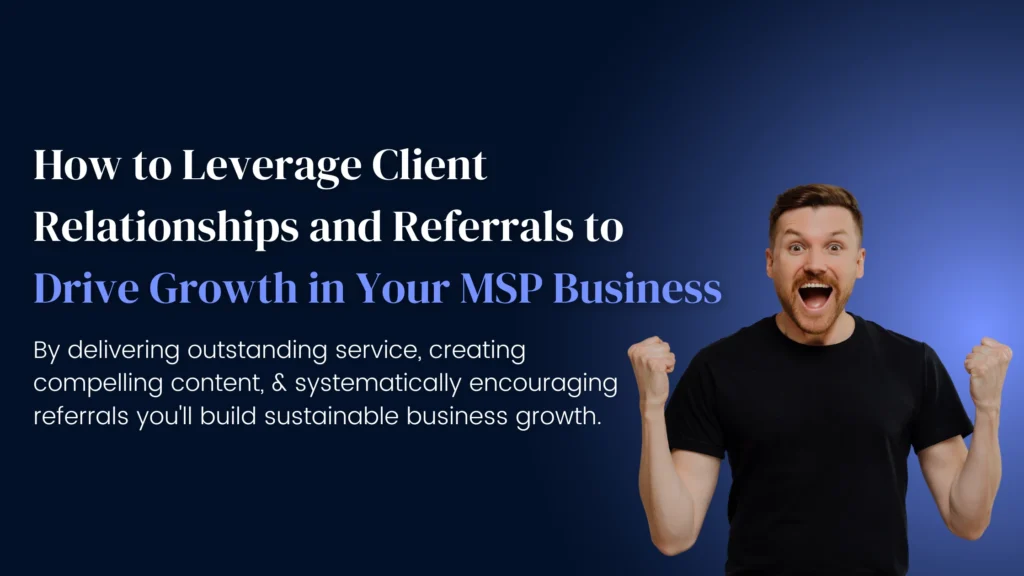If you’re designing a website for yourself or your small business, look no further.
Good web design is one of the most important facets of a company in 2019. If you don’t have a good website, it’s hard for customers to find you and hard for them to stick with you. Do a good job on your site, however, and you’ll see the benefits almost immediately.
When you start building your website with WordPress, you’ll probably notice how easy it is to get your site up and running with little help. That type of ease is what has made WordPress the top site builder around. But, there are some principles that you can use to customize your site and make it stand apart from the crowd.
In this post, we’ll be talking about 10 WordPress web design principles and why the way you design your website matters. Let’s get started.
WordPress Web Design in 10 Tips
Obviously, there are more than 10 things that you need to know to fully optimize your website, but we’re going to break down 10 of the most important ones. If you follow these, you’ll be well on your way to having a great WordPress website.
- Keep It Simple
Simplicity rules all. Websites that contain lots of elements tend to be distracting and take the user away from what’s important. You should always put emphasis on why you want people to come to your website. That could be to read your blog, it could be to purchase a product, or it could be to offer a service.
Remove anything that seems redundant or simply doesn’t need to be there. Once you’ve made it simpler visually, start to scrutinize what your site is saying. Then, remove anything that doesn’t bring value to your landing pages.
You want your website to be easy to use and to the point. Let’s talk functionality.
- Functionality Wins
Part of keeping your website simple is having a streamlined interface. If your website is complicated to use, people are going to leave. If it makes sense and leads users to where they want to go, then they’ll get their business done faster, and you’ll have a returning visitor.
We’ll talk about speed later on, but the other thing that matters is site navigation. Think about when you’re on a site, you want to find what you’re looking for without confusion. Make your navigation bar clear and easy to use, and give your users specific options to find what they’re looking for.
Having fast and easy navigation is fantastic, but you should also include a search bar so that a user can type in what they’re looking for in the event that your navigation bar hasn’t helped them. Many websites neglect this, but it’s an important feature that makes your site even more functional.
- Put Emphasis On What Your Customers Want
Instead of having a broad scope on your website, figure out exactly what your visitors want and give it to them. With WordPress, you have a lot of options to make your site as focused or wide-ranging as you want. Keep it focused.
To appeal to the right audience, you need to learn more about them. Do some research and figure out who your target audience is. Look at the customers you already have, then look at your competition to see what they’re doing to appeal to their audience.
Once you’ve figured this out, you can use SEO to move up the search rankings and appeal to a wide audience, but an audience of the right people.
- Don’t Come Out of Left Field
People expect to see certain things when they go to a website. An about section, a blog page, a products page, a contact us section. You don’t need to get weird with these kinds of things.
The beauty of WordPress pages is that they provide you with a template that most popular websites use. Stick to that template and don’t create any unnecessary or bizarre landing pages for your site. Sometimes it’s better to be conventional.
- Don’t Get Bogged Down
Okay, now it’s time to talk about speed. We all want our websites to look nice, but it’s proven that large images and complicated elements slow your website down. One thing we know about users in 2019 is that they’re not going to wait around for a page to load. We know that 53% of users expect a page to load in 3 seconds or less.
This goes back to streamlining your page. Don’t include things that don’t absolutely need to be there. It’ll be more visually pleasing that way and it’ll make your site much faster.
- Fonts, Etc.
Choosing the right type for your website is actually a big decision. Most people fall into two categories; going completely normal, or getting weird with it. We don’t recommend getting too weird with it.
The most important thing is that your fonts are visually pleasing.
Beyond that, your landing pages should always be readable. If you’re a writer yourself, then have a friend edit blog posts and landing page information for you. If you’re running a company, make sure your best people are on it.
- Colors & Images
You should handpick images and color schemes for your pages. Images should make sense with the subject matter. They should be high quality and there shouldn’t be too many of them (as we discussed earlier).
Similarly, the color scheme of your pages should be well-thought out. If you’ve got a company logo, stick to the colors that you’ve traditionally used. Otherwise, keep it neutral and easy to look at.
Nobody wants to be blinded by an overly colorful website. WordPress offers an infinite selection of colors to use.
- Consistency
With regards to the previous two points, everything you select should remain consistent across all of your landing pages. Your blog should look like it’s coming from the same website as your product page. Everything should reflect your brand as a blogger or a company.
This is why selecting fonts and color schemes are so important. You’re going to have to use the same ones everywhere on your site. If you change it up on every landing page, your users will be left confused and not likely to return.
- Mobile Functionality
Most web searches are conducted on smartphones or tablets nowadays, so it can’t be understated how important mobile functionality is. If your site isn’t compatible with different screen sizes, you’re going to lose a lot of visitors.
Luckily, WordPress offers mobile-friendly themes. If you can’t find one that you like, you can always create your own or hire a web-development firm to help you.
- Testing
You should always be testing your desktop and mobile sites to stay up to date with speed requirements. Web design is always changing and improving, so you need to frequently check the speed and functionality of your site to keep your customers happy.
If you test often, you can make small changes that don’t take up much time or effort. If you don’t, you’ll end up having to make large scale changes that could even put your site on the shelf for a few days.
Start Creating Your New Site
These are just a few important tips for starting your WordPress site. WordPress web design is easy, but you’re often presented with many enticing options and it can be overwhelming.
If you need help with web design, check out First Call. We offer affordable and professional web design, branding, SEO, and content strategies. If you don’t believe us, check out our portfolio and see how we’ve helped other sites achieve their full potential.
While you’re there, visit our blog to see more helpful posts on how to design your website, increase customer engagement, and improve your site’s SEO.







